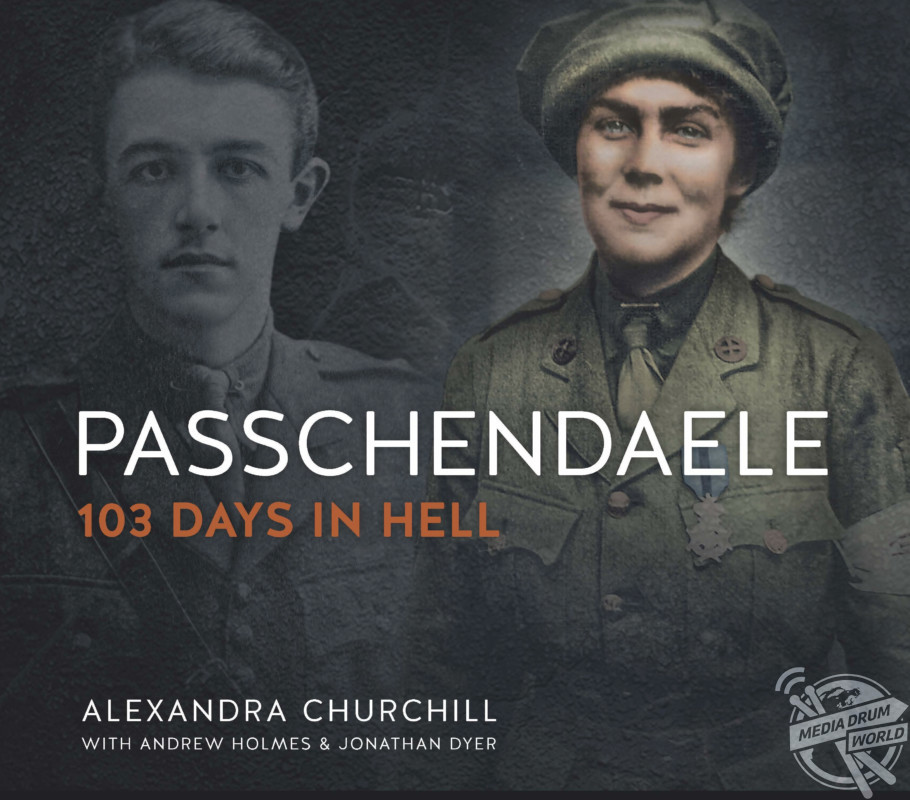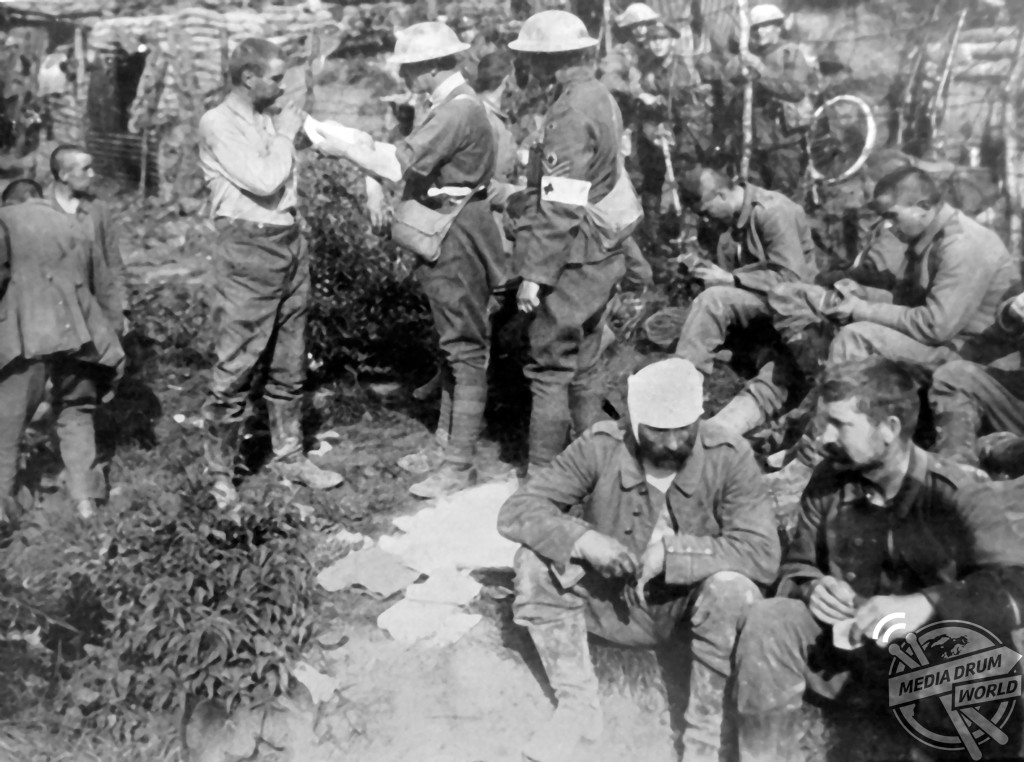
By Tom Dare
A FASCINATING book chronicling the lives of 103 of the men who fought at the Battle of Passchendaele has been released to mark the 100th anniversary of one of the First World War’s bloodiest conflicts.
Entitled Passchendaele: 103 days in hell, the new book by author Alexandra Churchill studies the infamously gruesome battle from the points of view of the men who were there.
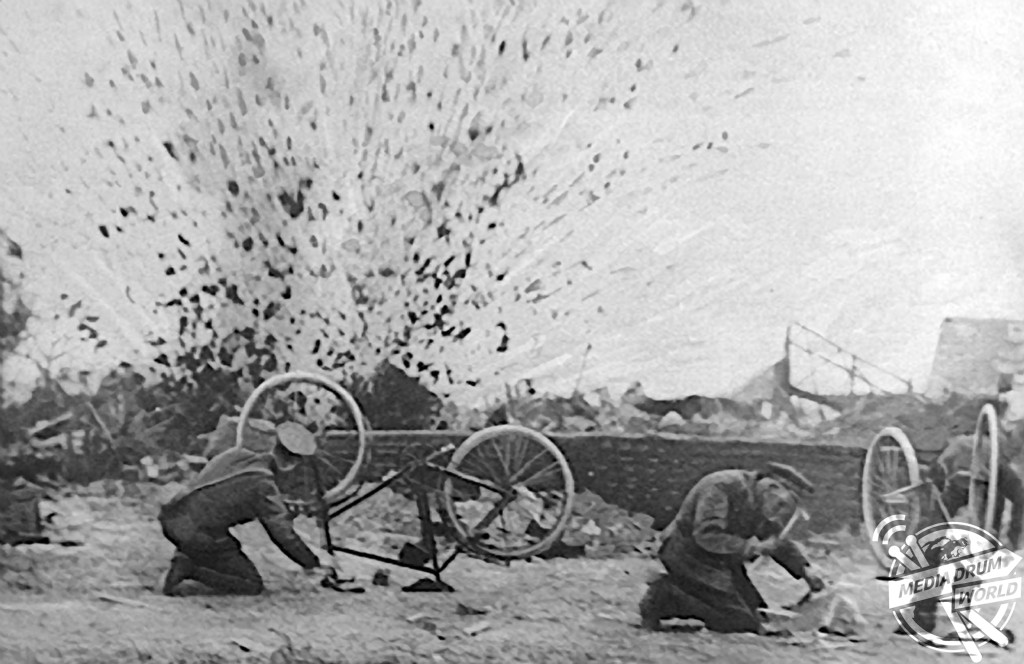
Using a combination of stunning photographs, first-hand accounts, military records and information from descendants of the men who fought, the book studies each of the conflicts that made up the battle in minute detail, to give the reader a real sense of horrors of Passchendaele.
Incredible photos from the battle, which took place between July 31 and November 7, show soldiers hauling cannons, trudging through mud and singing hymns at a church service. Others, more graphic than the rest, show some of the injuries sustained by the soldiers during the conflict.
The Battle of Passchendaele became famous not only for the sheer number of casualties, but also for the horrendous fighting conditions the men were forced to endure.
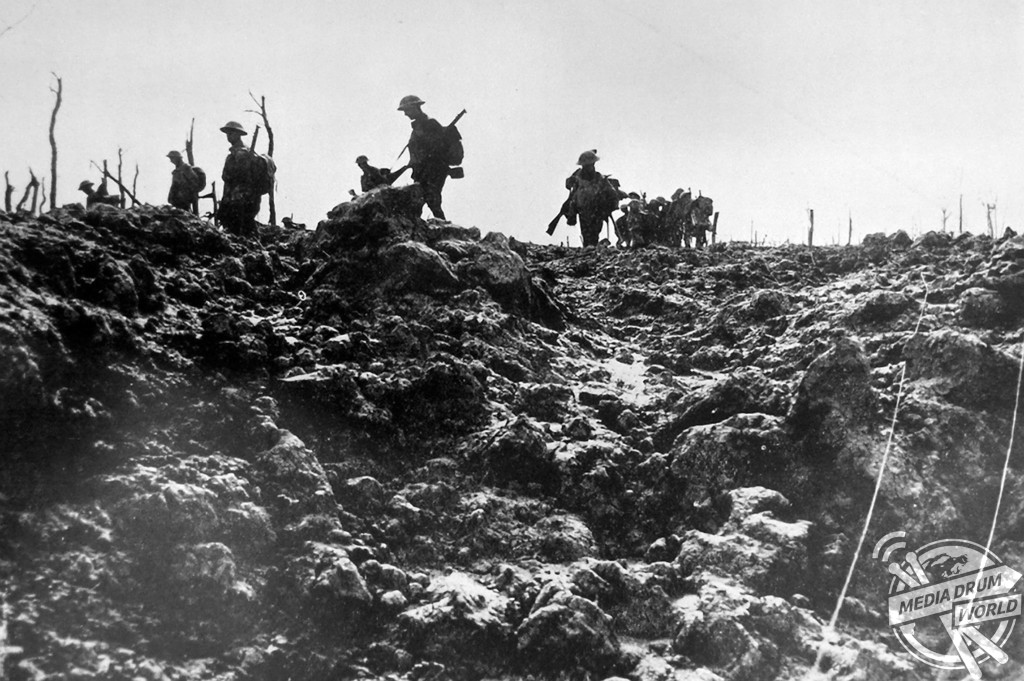
“Passchendaele has become a watchword for the wasteful horror of the Great War,” writes Churchill in the book.
“Were the casualties justifiable in military terms? Were commanders amongst the army’s hierarchy damningly responsible for heartlessly sacrificing British lives? If fought differently, would the consequences and the results of Passchendaele, more accurately referred to as the Third Battle of Ypres, have been any better?
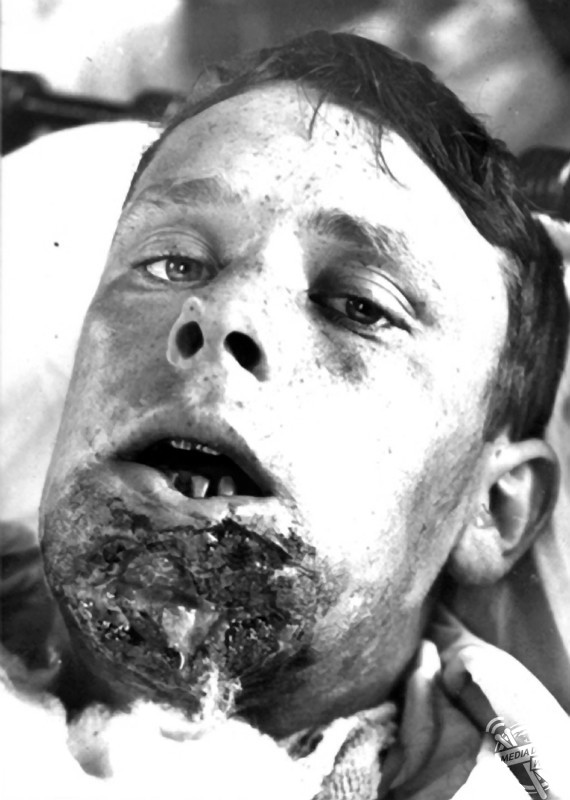
“These are questions for a different book. Passchendaele: 103 Days in Hell is concerned with the individual experience. What of the ordinary men in the field who fought in such a notorious campaign? The experiences of many tested the limits of human endurance time and time again as the Allies attempted to defeat Germany in 1917.”
British general Douglas Haig had long wanted the allies to launch an offensive on German positions in Flanders fields, aiming to break through their lines and reach the Belgian coast where they had a significant base of submarines he had hoped to immobilise.
So, on July 31, after two weeks of sustained shelling which had seen more than 4.5 million shells dropped on German positions, the allies launched their infantry attack.
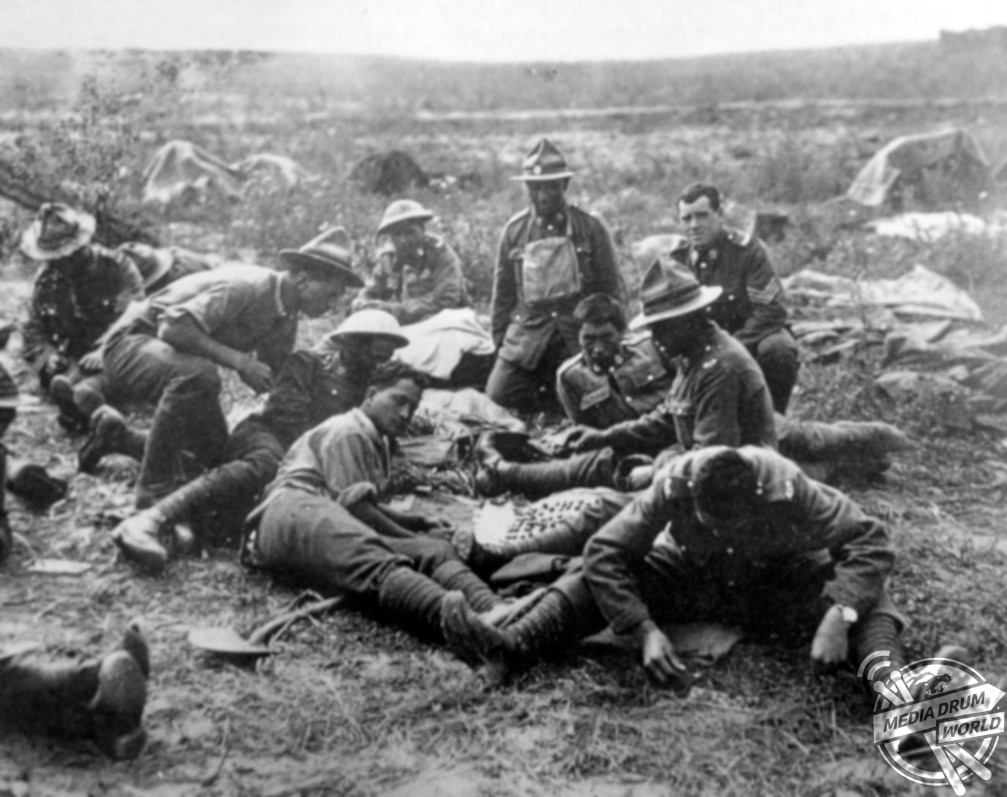
But the plan was a catastrophe from the start. Within a few days of the launch of the infantry offensive, some of the heaviest rains for 30 years had turned the battlefield into a quagmire, trapping thousands of men and horses and making it impossible to effectively operate any military equipment.
The attack resumed on August 16 but to little effect, with the inclement weather making any meaningful military manoeuvres nearly impossible. The two sides remained at a stalemate until September 20, when an upturn in the weather allowed allied forces to win three key battles at Menin Road Ridge, Polygon Wood and Broodseinde in the space of two weeks.
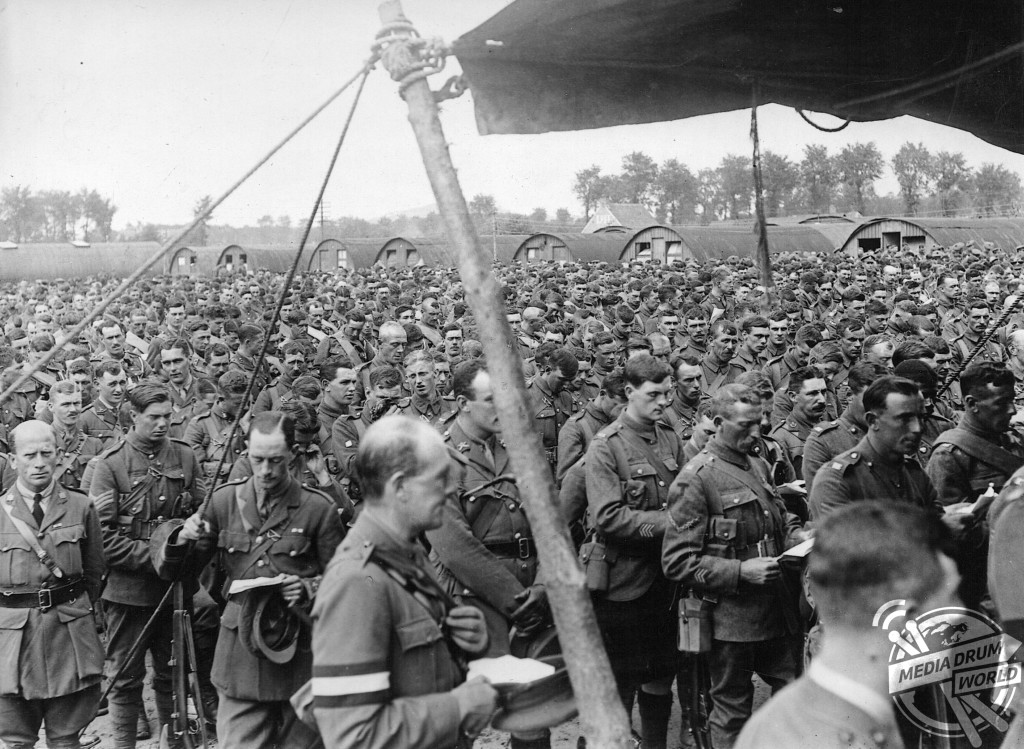
These victories eventually led to British and Canadian forces taking what was left of the village of Passchendaele on November 6, but the capture came at a heavy price.
There were an estimated 325,000 allied casualties during the Battle of Passchendaele, with a further 260,000 German casualties making it one of the bloodiest battles of the First World War.
Most people agreed at the time it was launched that the offensive was a good idea, with the allies more able to sustain casualties than the Germans after America’s entry into the war, but there was much controversy over General Haig’s decision to continue the attack into November.
